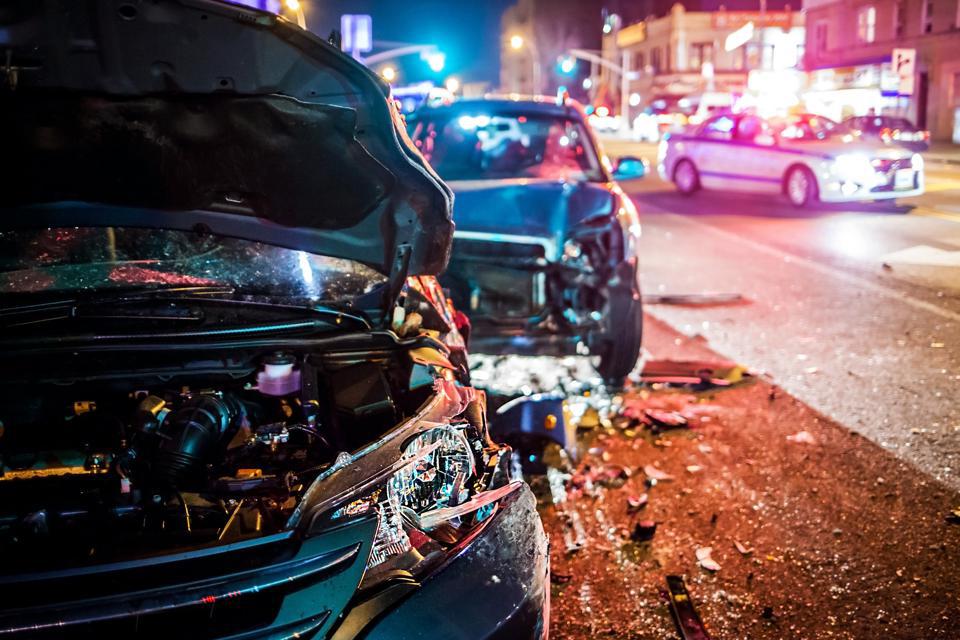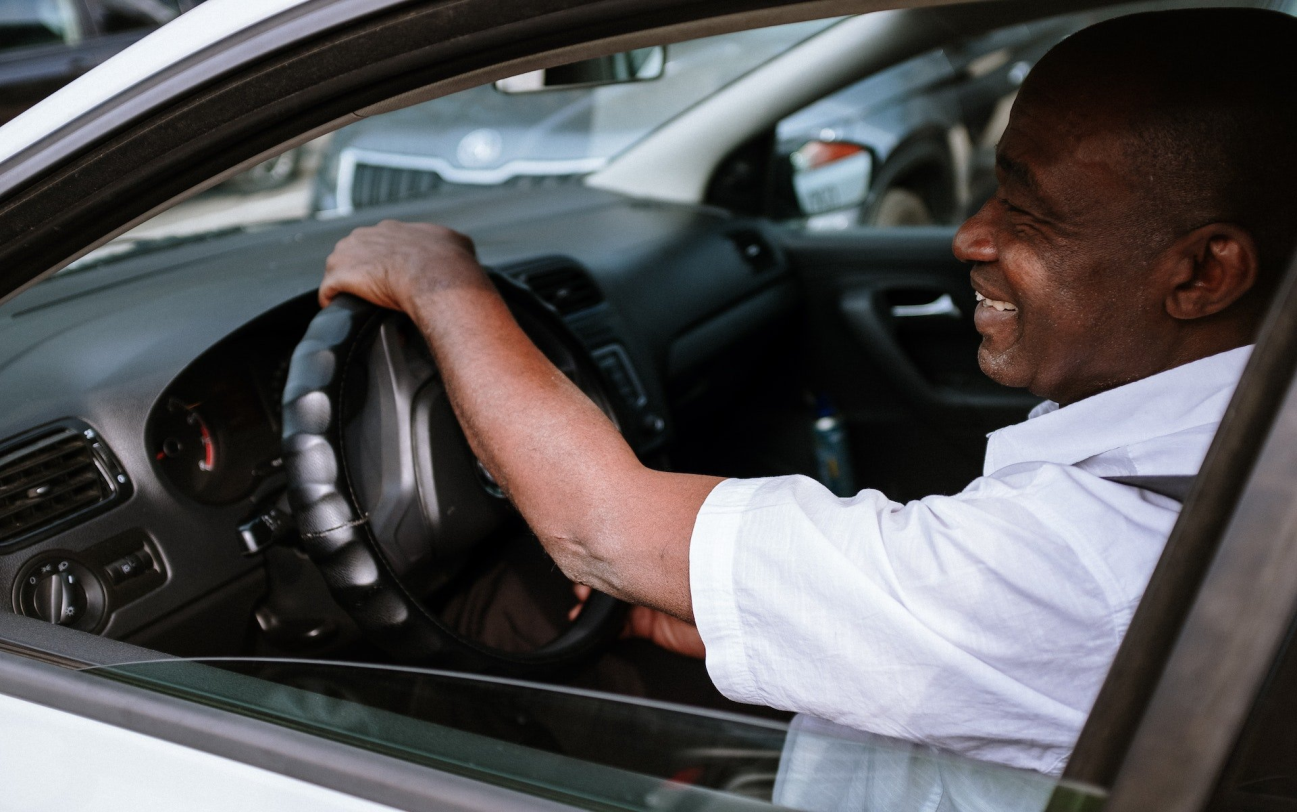Boston is a walker’s city, which means property safety isn’t theoretical, it’s daily life. Whether someone is stepping into a Back Bay condo lobby, a Dorchester storefront, or a public facility near City Hall, the law expects owners and managers to keep spaces reasonably safe. When they don’t, premises liability claims follow. This 2025 guide breaks down what Boston property owners must do, how victims can prove negligence, and what compensation may be available. For those navigating a claim, working with a seasoned Boston Premises Liability Attorney, such as the Law Office of John J. Sheehan, LLC, can make the process faster, clearer, and more successful.
Updated 2025 safety standards for Boston property owners
In 2025, premises safety in Boston continues to be shaped by statewide codes with local enforcement. Property owners should be tracking three big buckets: building codes, accessibility requirements, and public-safety ordinances.
Building and housing codes
- Massachusetts State Building Code (780 CMR). The current code incorporates recent International Building Code updates with Massachusetts amendments, emphasizing load-bearing safety, egress routes, guardrails/handrails, lighting, stair geometry, and fire/life safety systems. Owners should confirm that renovations and structural changes have permits and final inspection sign-offs from Boston Inspectional Services (ISD). Missing permits, outdated emergency lighting, or noncompliant guardrail heights often surface in injury cases.
- Massachusetts Sanitary Code (105 CMR 410). Updated rules reinforce habitability standards for rental housing, think lighting in common areas, pest control, moisture and mold prevention, and safe, operable locks. Landlords must keep common areas reasonably well-lit and hazard-free.
Accessibility standards
- Massachusetts Architectural Access Board (MAAB) rules (521 CMR). These state accessibility standards apply broadly to public accommodations and certain multifamily properties. Slip-and-fall claims frequently intersect with noncompliant ramps, abrupt level changes at entrances, or improper handrail extensions. In 2025, enforcement attention remains high on door hardware operability, threshold heights, and ramp slope.
Snow, ice, and exterior maintenance
Boston winters still generate a large share of premises cases. City ordinances require prompt snow and ice removal from abutting sidewalks and entrances, often within hours of a storm’s end, with businesses generally expected to move faster than residences. Beyond shoveling, owners should address refreezing, black ice at downspout discharge points, and lighting failures that hide hazards at dusk. Since the Papadopoulos v. Target Corp. decision, Massachusetts treats natural and unnatural accumulations the same: owners owe a duty of reasonable care regardless of how the ice formed.
Modern risk hotspots
- Short-term rentals: Rapid guest turnover means heightened duties to inspect walkways, stairs, and interior fixtures.
- Old-building renovations: Mixed old/new construction can create tripping transitions or out-of-code stair dimensions.
- Shared spaces: Co-working lobbies, retail/restaurant corridors, and garage walkways demand clear responsibility allocations in maintenance contracts, ambiguity often gets tested after an accident.
Common premises liability incidents: slips, trips, and structural hazards
Most Boston premises liability cases cluster around a few recurring scenarios:
- Slips on snow, ice, or wet floors: Entry mats saturated with slush, unmarked mopping, or leaky refrigeration in markets lead to slick surfaces. Poor lighting compounds the risk.
- Trips on broken or uneven surfaces: Heaved sidewalk panels, loose pavers near tree wells, curled mats, or abrupt floor transitions at retail thresholds are classic tripping points.
- Stairway and handrail failures: Noncompliant riser heights, shallow treads, loose handrails, or missing guardrails on mezzanines. A single missing baluster or incorrect rail height can be devastating.
- Falling merchandise or fixtures: Overloaded retail shelving or improperly anchored displays can strike customers.
- Building system hazards: Faulty lighting, malfunctioning doors or gates, broken elevators/escalators, and fire-safety lapses (blocked egress, dead emergency lights).
What turns an accident into a viable claim is not just that an injury occurred, it’s that the property owner or manager failed to take reasonable steps to prevent a foreseeable hazard. For example, repeated 311 complaints about a dim stairwell or prior incident reports about a slippery deli aisle help connect the dots from risk to negligence.
Proving negligence through inspection and maintenance records
Premises cases live or die on documentation. A strong claim shows what the owner knew or should’ve known and what they did (or didn’t do) about it.
High-value evidence
- Inspection logs and sweep sheets: Retailers often track floor checks every 30–60 minutes. Gaps or pencil-whipped entries undermine defenses.
- Work orders and maintenance tickets: Show notice, scope, and timeliness of repairs. A “deferred until next quarter” note is revealing.
- Contracts and SOPs: Janitorial schedules, snow-removal contracts, and vendor duties help assign responsibility, especially in multi-tenant properties.
- Surveillance footage: The gold standard for timeline and hazard duration. Prompt preservation letters matter, video overwrites quickly.
- Incident and prior-incident reports: Patterns prove foreseeability.
- Permits, inspection certificates, and violation notices: ISD, fire department, or elevator certificates can highlight lapsed compliance.
- 311 and city records: Prior complaints about lighting, sidewalks, or code issues corroborate notice.
Medical and impact proof
Medical records, imaging, and treating-physician opinions link mechanism of injury to the hazard. Employment records, paystubs, and HR notes document lost wages or job restrictions. Photos and measurements of the hazard (slope, tread depth, luminance) captured soon after the incident can be decisive.
Preservation and spoliation
An attorney will send a spoliation letter demanding preservation of footage, logs, and physical evidence. If evidence is destroyed after notice, courts can impose sanctions or adverse inferences.
Comparative negligence and timing
Massachusetts uses a modified comparative negligence rule. If a plaintiff is 51% or more at fault, they recover nothing: below that threshold, damages are reduced by their percentage of fault. Timelines also matter: most personal injury claims carry a three-year statute of limitations. Claims against public entities have strict notice requirements under the Massachusetts Tort Claims Act, and defects-in-ways claims can require very fast notice windows, missing them can sink an otherwise strong case.
Compensation claims for victims of unsafe or poorly maintained areas
A premises liability claim seeks to make an injured person whole. In practice, that means documenting both economic and non-economic losses and negotiating, or trying, against insurers and property owners.
Common damages in Boston premises cases
- Medical expenses: ER visits, imaging, surgery, physical therapy, medications, assistive devices, and future care. Complex injuries like hip fractures, rotator cuff tears, and traumatic brain injuries can carry long tails of treatment.
- Lost wages and diminished earning capacity: Time out of work, light-duty wage loss, or career setbacks when a job is no longer feasible.
- Pain, suffering, and loss of enjoyment: The very real human cost of chronic pain, mobility limits, or fear of stairs after a fall.
- Scarring, disfigurement, and permanent impairment: Often substantiated by surgical photos, functional capacity evaluations, and expert opinions.
- Out-of-pocket costs: Transportation to appointments, home modifications, or paid help for daily tasks.
Massachusetts also imposes prejudgment interest on personal injury judgments, which can be significant leverage at trial. Settlement values hinge on liability strength, injury severity, insurance limits, and the credibility of evidence.
Practical steps for injured people
- Report the incident immediately and ask for an incident report copy.
- Photograph the scene and hazard from multiple angles: capture lighting conditions.
- Seek medical care promptly and follow treatment plans.
- Save shoes and clothing worn during the incident (they may matter in a floor-friction dispute).
- Contact a Boston Premises Liability Attorney early to preserve evidence and manage insurer communications.
Legal obligations of landlords, retailers, and public facilities
While the duty of reasonable care is the throughline, how it plays out differs by property type.
Landlords and property managers
- Common areas: Keep stairs, hallways, and entries in good repair with adequate lighting and secure handrails. The Sanitary Code and lease terms typically make landlords responsible here.
- Snow and ice: Clear promptly and treat for refreeze: monitor gutters and downspouts that create ice sheets on walks.
- Security-related hazards: Fix broken exterior locks and lighting. While not all criminal acts are foreseeable, repeated incidents can create a duty to enhance security.
- Notice and repairs: Timely response to tenant complaints and 311 notices matters. Documented inaction is fertile ground for claims.
Retailers and restaurants
- Mode-of-operation risks: Self-service areas (salad bars, beverage stations) foresee spills and need tighter inspection cycles.
- Floor care: Use absorbent mats in wet zones and place clear, visible signage when cleaning.
- Merchandising safety: Properly anchor shelving and avoid overstocking high shelves.
- Training: Staff must know spill protocols, incident reporting, and how to preserve video.
Public facilities and municipalities
- Sidewalks, parks, and public buildings: Maintenance responsibilities can be split between the city and abutting owners. Claims involving public ways can trigger special notice rules and damage caps.
- Schools and transit: Stair geometry, handrails, lighting, and crowd management are recurring issues. Elevator and escalator maintenance logs are crucial.
Trespassers and children
Owners owe limited duties to adult trespassers but must still avoid willful or wanton conduct. Children are treated differently when an attractive nuisance, like a poorly secured construction site, creates a foreseeable risk.




